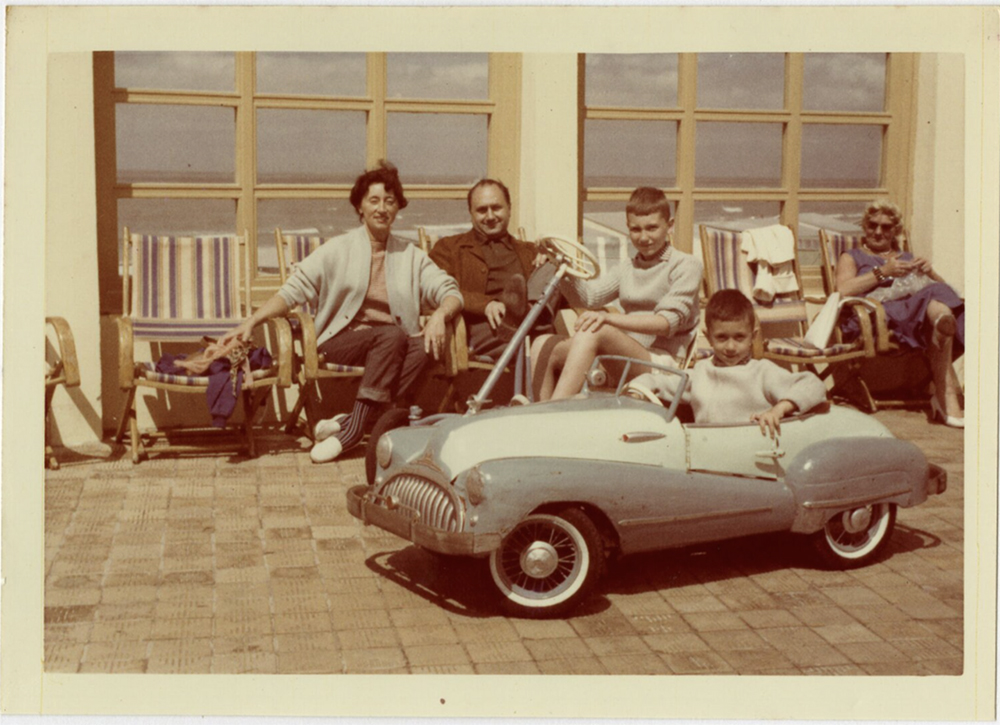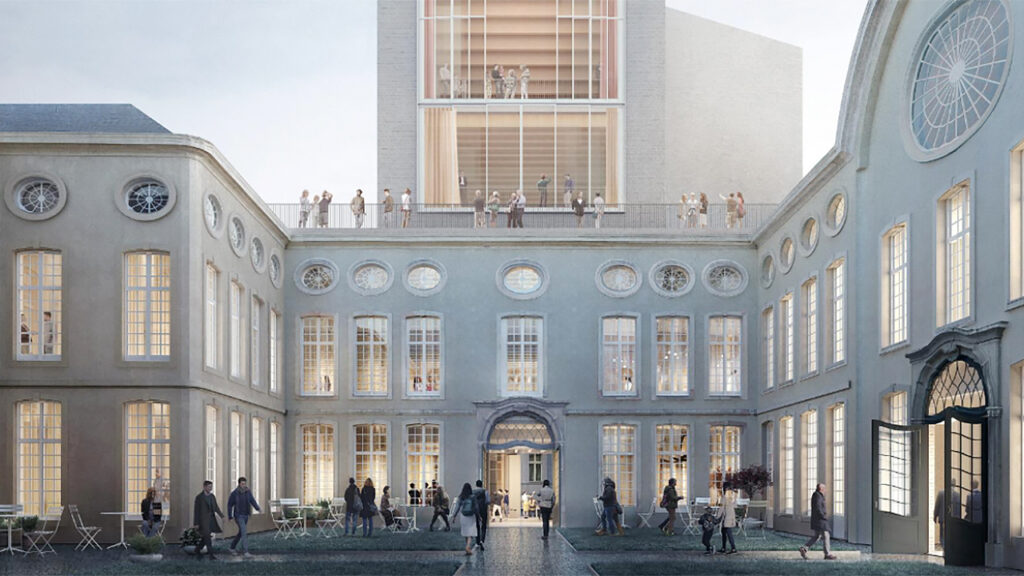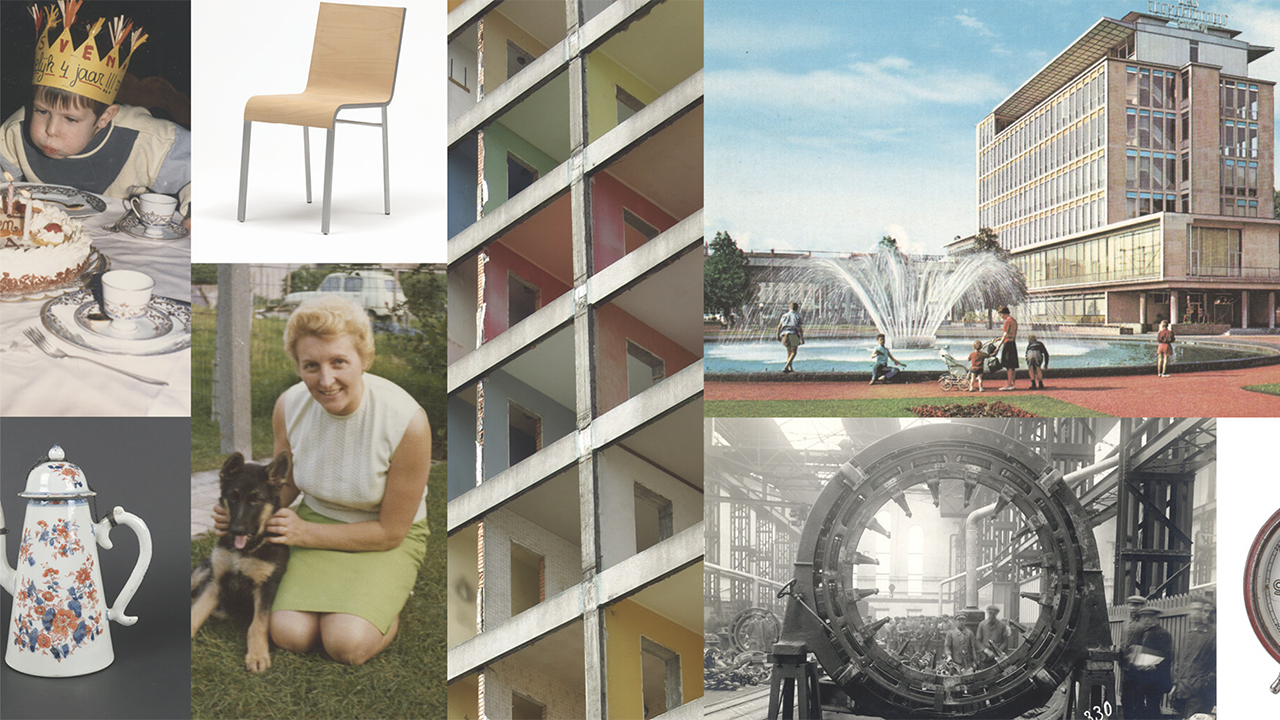For years, and particularly over the social and racial accounting of 2020, inclusivity has been growing as a clarion call within the museum sector. As entities chronicling human history and creativity, cultural institutions have been impelled to encompass diverse perspectives in their programs through active community outreach and audience development. For traditional museums, it’s an endeavor they’ve undertaken lately; but for the Collections of Ghent, inclusivity informs the start, end, and entirety of its mission.
Spearheaded by the Design Museum Gent, Huis Van Alijn, Museum of Industry, Archief Gent, and STAM Ghent City Museum, the project is aimed at platforming and enriching the cultural heritage of the Belgian city of Ghent. To do so, Collections of Ghent will pull together selections from the archives of its partner museums onto a newly built online platform. Once completed early next year, the portal will serve visitors a generated interface, enabling dynamic explorations of the region’s heritage, and invite the city’s residents to add their stories or knowledge to images and objects, facilitating storytelling that embraces the lived experiences of the Ghent community.
“One thing we wanted to investigate was how we can leverage digitized cultural heritage to improve social inclusion and cohesion,” Project Coordinator, Olivier Van D’huynslager, tells Jing Culture & Commerce. “We wanted to show that all these institutions which operate individually are connected in a certain way, that everything is kind of intertwined.”

Once completed, the Collections of Ghent platform will assemble digitized objects from five museum collections and invite visitors to add their stories to these images. Image: © Huis van Alijn
Right now, the Collections of Ghent team is digitizing some 100,000 objects, and building a collections management system with linked open data functionality to house and connect these assets. Throughout the course of the build, the people of Ghent, Van D’huynslager emphasizes, remain key collaborators, having been surveyed about their expectations of the platform and what would get them to participate.
Out of its intensive audience outreach, too, the Collections found that museums still represent an intimidating space for a lot of the city’s citizens. “There’s a gap between their own worlds and the world of the museum,” as Van D’huynslager puts it. Which is why, as a way of luring visitors into the museum sphere, Collections of Ghent is first headed out to where they are.

The project emerges from a partnership between cultural institutions including Design Museum Gent (above), NGOs like iDROPS, and technology labs like IDLab at Ghent University. Image: ©TRANS, Carmody Groarke and REST
In 2022, the project will tour three Ghent neighborhoods — Wondelgem, Watersportbaan-Ekkergem, Tolhuis-Sluizeken Ham — in the form of a mobile, immersive installation, referred to as the CoGent Box. Within these boxes, visitors can engage with the Collections and stories from their district through interactive interfaces, submit their own audio, text, or images, and participate in accompanying workshops.
“With each iteration of the box, as it goes through the neighborhoods, there will be feedback from residents,” explains Van D’huynslager. “Based on that feedback, we will alter the setup and technology in a way the budget allows for us to do so.”
Community outreach aside, Collections of Ghent is the product of a web of partnerships that includes the aforementioned museums, the IDLab at Ghent University, social progress organization iDROPS, and the City of Ghent itself. Such joint creation goes further still: the initiative has set aside a Co-Creation Fund, which will disburse between €2,000 to €20,000 to creators who plan to reuse or remix the Collections’ assets in innovative ways.
“That’s also a way of really involving the community,” says Van D’huynslager. “It’s not only about us developing an immersive space and a website, but also giving audiences the opportunity to do what they want to do with the collections.” In this way, Collections of Ghent is indeed by and for the people — though more compellingly, it’s also with them.



